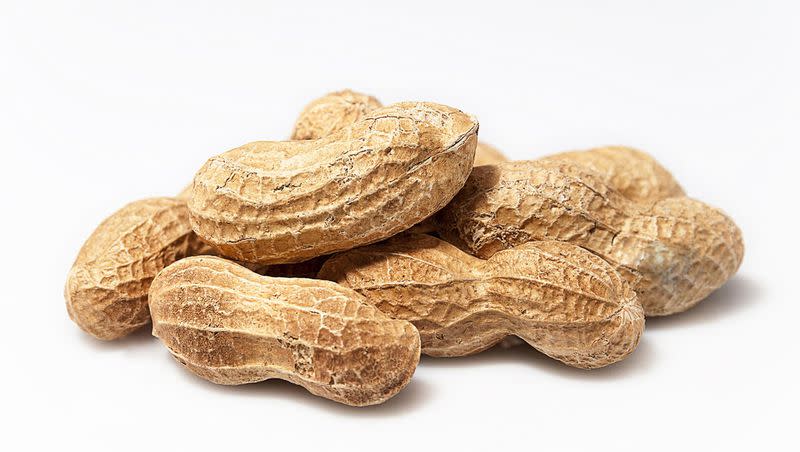Here are 19 magnesium-rich foods to incorporate into a healthy diet

Magnesium is all the rage right now. On TikTok and other social media sites, there is an abundance of discourse (98.3 “magnesium” post) about the daily nutrient — and how to consume it.
Taking magnesium supplements is one method for avoiding a magnesium deficiency, but true magnesium deficiency is rare, especially in healthy adults, per Mount Sinai. The majority of U.S. adults get an ample amount of magnesium through their diet.
“For disease prevention, a good rule of thumb is to eat a daily diet that includes some magnesium-rich foods and take a supplement if directed by a physician to correct a deficiency if blood levels are low,” reports Harvard Health.
Of course, some diets will provide more magnesium than others. Whole foods and superfoods like nuts, seeds, healthy fats, legumes, whole grains and leafy greens will sufficiently fuel the body with magnesium, which plays an important role in overall health, per Harvard Health.
Some of the benefits of magnesium include: aiding in healthy sleep, boosting mental health, relieving migraines and keeping the heart healthy, as reported by the Deseret News.
Let’s take a look at magnesium-rich foods that naturally provide the nutrient.
Related
Magnesium-rich foods
Some of the foods with the highest amount of magnesium per serving include nuts, seeds, leafy greens and whole grains.
If you are concerned about a magnesium deficiency, it may be advantageous to begin increasing magnesium consumption by incorporating magnesium-rich foods into your diet.
“’Food first’ is my mantra,” registered dietitian Anna Taylor explains, per Cleveland Health Clinic. “If you take a dietary supplement for magnesium and take too much, you may experience uncomfortable side effects such as cramping, diarrhea and nausea.”
Here are several magnesium-rich foods. Data is provided by the USDA.
Almonds: 247 mg (1 cup).
Peanuts: 245 mg (1 cup).
Chick Peas: 230 mg (1 cup).
Pumpkin seeds: 168 mg (1 cup).
Spinach, boiled: 157 mg (1 cup).
Black beans: 120 mg (1 cup).
Quinoa: 118 mg (1 cup).
Edamame: 99 mg (1 cup).
Black-eyed peas: 91 mg (1 cup).
Brown rice: 84 mg (1 cup).
Tofu: 74 mg (1 cup).
Chia seeds: 70 mg (1 tbsp).
Dark chocolate: 65 mg (1 oz).
Soy milk: 61 mg (1 cup).
Avocado: 58 mg (1 medium avocado).
Peanut butter: 49 mg (2 tbsp).
Banana: 32 mg (1 medium banana).
Swiss chard: 29 mg (1 cup).
Whole-wheat bread: 23 mg (1 slice).
Symptoms of magnesium deficiency
A true magnesium deficiency is rare. The majority of Americans get a sufficient amount of magnesium through their diet, according to Mount Sinai. Symptoms of a magnesium deficiency typically indicate an underlying health condition, such as: thyroid imbalance, gastrointestinal diseases, pancreatitis, kidney disease and diabetes.
According to Mount Sinai, symptoms of a magnesium deficiency include:
Anxiety.
Insomnia.
Restless leg syndrome.
Irritability.
Nausea or vomiting.
Low blood pressure.
Muscle spasms.
Confusion.
Related
How much magnesium should you get every day?
Healthy consumption of magnesium varies between individuals. Age and gender play a role in how much magnesium you should take per day. The majority of people get a healthy amount of magnesium through their diet.
The Mayo Clinic recommends the following daily magnesium intakes:
Adult and teenage men: 270 to 400 milligrams.
Adult and teenage women: 280 to 300 milligrams.
Pregnant women: 320 milligrams.
Breast-feeding women: 340 to 355 milligrams.
Children ages 7-10: 170 milligrams.
Children ages 4-6: 120 milligrams.
Children 3 and younger: 40 to 80 milligrams.
For true magnesium deficiency, contact a physician to receive a prescription for supplements based on the severity of the deficiency.

